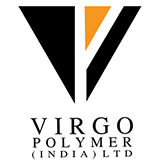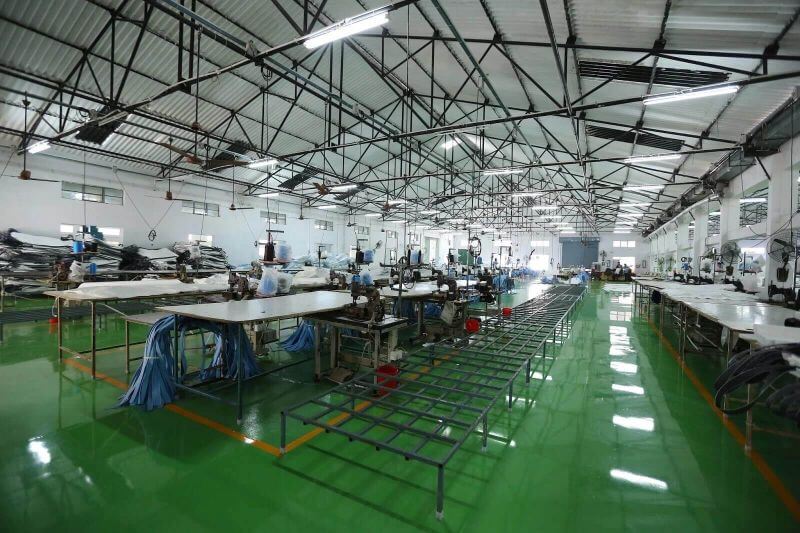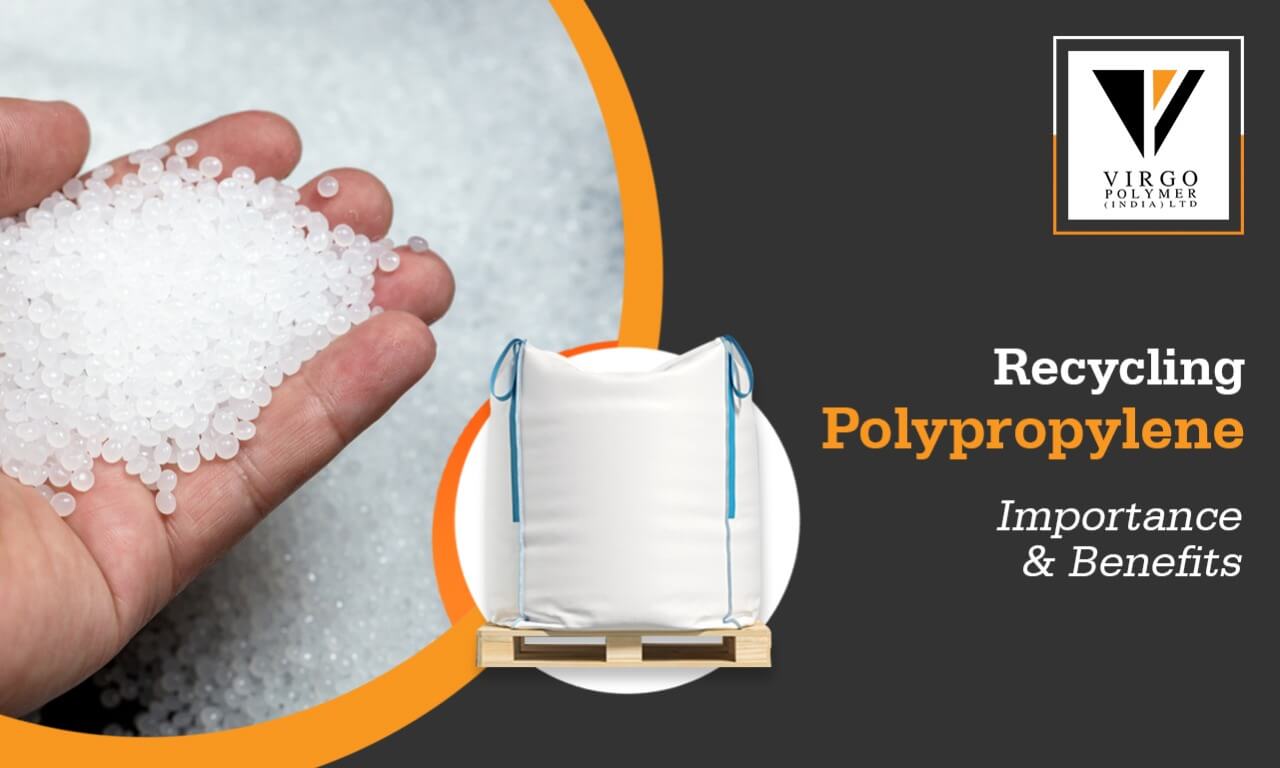



Everyday, everywhere; plastic products are present in abundance all around us. Although plastic is used as a broad phrase, what we overlook is that there are different types of plastic and each of them have distinctive protocols when it comes to reuse and recycling.
We will be taking a close look at a specific type of plastic, that is polypropylene which is also used in manufacturing FIBCs. Plastic polypropylene (PP) has several other applications, some of them being manufacturing of bottle caps, straws, disposable diapers and more. Given its wide usage, we will go through the ways in which polypropylene can be recycled and the impact of recycling on the environment.
Recycling Polypropylene Bulk BagsThe recycling process of bulk bags involves a ‘closed loop system’. As part of this process, it has to be ensured that the FIBC has gone through intensive cleaning, has been reconditioned and is fit to be reused for the products that it was categorically designed for. This whole process has to go through many levels of checks and requires the involvement of the manufacturer, user and recycler.
Why is it Important to Recycle Polypropylene?When it comes to waste reduction and protecting the environment, recycling polypropylene is extremely essential. In today’s world, usage of plastic products needs to be done taking into consideration the sustainability aspect of it. Plastic Polypropylene is a material that has become an integral part of our daily routines. However, if not disposed of properly, it can be toxic to the environment.
The Steps of Polypropylene RecyclingStep 1: Collection
Following the collection of PP, it is transferred to a recycling facility. In the case of Bulk Bags, the collection process is simplified by using the Bulk Bag Compactor, especially when the amount of FIBCs is large.
Step 2: Sorting & Cleaning
In the next step of the recycling process, the PP is segregated from the mixtures containing other plastics and contaminants. This step is an important one if Bulk Bag usage involves storing and handling of fertilizers or chemicals.
Step 3: Shredding
After the cleaning and sorting, some of the plastics are transferred to the shredder; this is decided based on the original configuration of the plastic products and the purpose of usage.
Step 4: Separation
Based on the colour, shape, size and other such attributes, some of the plastics are separated. This also depends upon the upcoming type of usage.
Step 5: Compounding
The final step in the recycling process, this is the mechanical step required for the recycling of polypropylene. In this step, the plastics are recombined using an extruder which melts down the particles and creates plastic pellets. These pellets are then ready to be used by manufacturers for creating new products.
The recycling of PP helps reduce the amount of dump in the landfills. Since PP usage impacts the amount of new plastic that is being used, it thereby reduces plastic generation from scratch, also affects ground pollution, and reduces the amount of landfill and greenhouse gases being released.
It also helps in the conservation of natural resources like timber and minerals and helps save energy.
